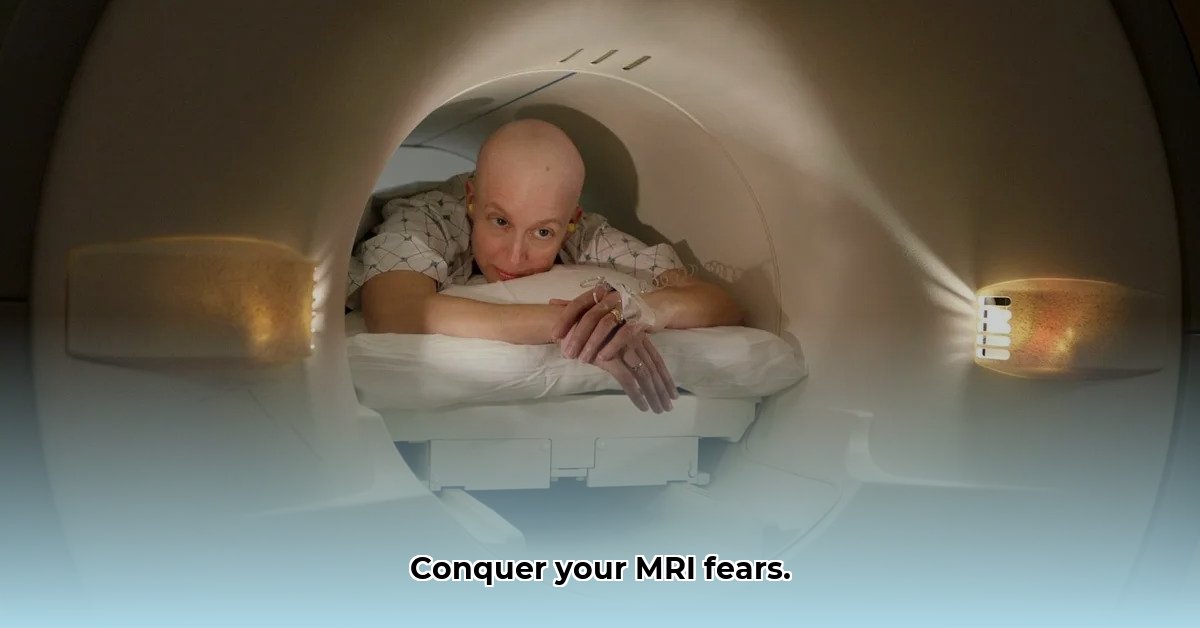Feeling boxed in? The idea of a traditional MRI can be daunting for anyone, but especially for those who experience claustrophobia. Skipping a needed MRI due to this fear is more common than you might think. Fortunately, there’s a solution: open MRI. This comprehensive guide explores everything you need to know about open MRI if you’re claustrophobic, from understanding the technology to preparing for your scan.
What is Open MRI?
Open MRI machines offer a more comfortable alternative to traditional closed MRIs. Instead of lying inside a narrow tube, patients lie on a table within a more open structure. The magnets are typically positioned above and below the patient, leaving the sides open. This design minimizes the feeling of confinement, creating a calmer experience.
Types of Open MRI Machines
There are several types of open MRI machines, each with its own benefits and limitations:
-
High-Field Open MRI: These systems offer a balance between image quality and patient comfort. While not as open as other types, they provide significantly more space than traditional MRIs and produce relatively high-resolution images. This makes them suitable for patients with mild to moderate claustrophobia.
-
Open Upright MRI: This innovative technology allows patients to be scanned while sitting or standing. Ideal for those with severe claustrophobia or those who find it difficult to lie flat, upright MRIs also allow for imaging of weight-bearing joints in their natural position.
-
Wide-bore MRI: While technically a closed MRI, wide-bore systems have a larger opening than standard closed-bore machines. This extra space can make a significant difference for individuals with mild claustrophobia who desire a more traditional MRI experience.
Benefits of Open MRI
- Reduced Anxiety: The open design minimizes feelings of confinement, reducing anxiety and the likelihood of panic attacks.
- Increased Comfort: The increased space accommodates larger patients and those with mobility issues, enhancing overall comfort.
- Improved Communication: Open MRI often allows for better communication with the technician during the scan, offering reassurance.
- Greater Accessibility: Open MRI makes essential diagnostic imaging accessible to individuals who otherwise might avoid it due to claustrophobia.
Limitations of Open MRI
- Image Quality: Open MRI may produce images with slightly lower resolution compared to closed-bore MRI. However, technological advancements are consistently improving image quality.
- Scan Time: Open MRI scans can sometimes take a little longer.
- Suitability: Open MRI may not be suitable for imaging all body parts or for all diagnostic purposes.
Open MRI vs. Closed MRI: A Quick Comparison
| Feature | Open MRI | Closed MRI |
|---|---|---|
| Design | Open sides | Enclosed tube |
| Claustrophobia | Better suited | Less suited |
| Image Quality | Potentially lower resolution in some cases | Generally higher resolution |
| Scan Time | Potentially longer | Generally shorter |
| Patient Size | Often accommodates larger patients | May be restrictive for some |
| Noise Level | Can be quieter | Can be louder |
Coping Strategies for MRI-Related Anxiety
Even with open MRI, some anxiety might persist. Here are some coping strategies:
- Therapy: Cognitive Behavioral Therapy (CBT) and exposure therapy can provide long-term coping mechanisms for claustrophobia.
- In-Scan Comfort: Request music, eye masks, or blankets to enhance relaxation during the scan. Maintain communication with the technician for reassurance.
- Patient Empowerment: Understanding the procedure and actively participating in decisions about your scan can significantly reduce fear.
Finding an Open MRI Facility
- Consult Your Physician: Your doctor can provide referrals tailored to your needs.
- Online Search: Use search engines and online directories to find local facilities offering open MRI.
- Contact Imaging Centers Directly: Contact hospitals and imaging centers to inquire about open MRI availability and specific machine types .
Preparing for Your Open MRI Scan
- Discuss Your Medical History: Inform your doctor about any metal implants, devices, or medical conditions.
- Dress Comfortably: Wear loose, non-metal clothing.
- Arrive Early: Allow time to acclimate to the environment and ask questions.
- Ask About Comfort Measures: Inquire about available options to enhance comfort during the scan (music, blankets, etc.).
Alternative Diagnostic Imaging (If Applicable)
If open MRI isn’t suitable, your physician may suggest alternative imaging techniques like ultrasound or CT scans. The best option depends on the specific diagnostic needs.
FAQs
- Is open MRI as accurate as closed MRI? While closed MRI generally offers slightly higher resolution, open MRI technology is improving and often provides sufficient diagnostic information.
- How much does open MRI cost? Costs vary depending on location and facility. Check with your insurance provider for coverage details.
Conclusion
Don’t let claustrophobia prevent you from receiving essential medical imaging. Open MRI offers a viable solution, making diagnostic procedures more accessible and less daunting. By understanding the options and utilizing coping strategies, you can empower yourself to prioritize your healthcare and pursue the best path forward. Ongoing research suggests further advancements in open MRI technology, promising continued improvement in image quality and patient comfort.
- Affordable Employee Wellness Fair Ideas for Any Budget - December 14, 2025
- Employee Wellness Programs Strategically Benefit Employee Health And Retention - December 13, 2025
- Health and Wellbeing Companies Driving Employee Engagement and Productivity - December 13, 2025
















